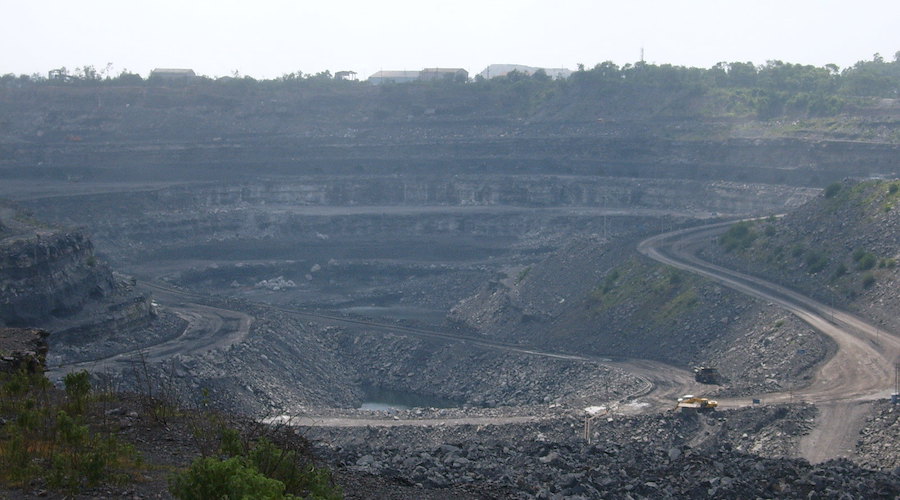
India’s Coal Minister Pralhad Joshi said that just a few days into the auction process of coal blocks to commercial mining operators, 1,140 parties have shown interest in taking part in this new chapter in the country’s mining history.
In mid-June 2020, Prime Minister Narendra Modi India announced that his administration was ending a four-decade state monopoly on the mining and selling of coal by auctioning to private companies 41 mines across the country.
According to local media, 26 companies have already bought tender documents for about $6700 each and 10 firms expressed their interest in visiting the mines. Citing minister Joshi, the response is better than expected and should lead to more acquisitions in the short term.
But the process isn’t necessarily running smoothly. Out of the 41 mines, a site located in the western peninsular region of Maharashtra had to be withdrawn after being put up for auction because it is located in an eco-sensitive area.
At the same time, trade unions carried out a three-day strike this weekend to protest the government’s decision, an action that led to almost zero coal production at the mines.
Five of the unions also announced a new stoppage scheduled for August 18, 2020, and a plan to mobilize people in mining areas to sway public opinion against the auctioning of the mines.
Another challenge that the process is facing is that presented by the eastern Jharkhand state, whose Chief Minister Hemant Soren filed a petition in the Supreme Court against the central government’s decision to open coal mining to private investors. As of 2018, Jharkhand hosted the largest coal deposits in India, with 26.06% of total reserves which is equivalent to some 83.15 billion tonnes.
The offering of coal mines to private capital has two main objectives: solving a fuel shortage that threatens to choke the nation’s industrial activity and boosting India’s economy to help the country recover from the economic toll of the coronavirus pandemic.


